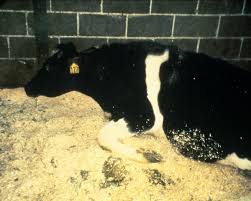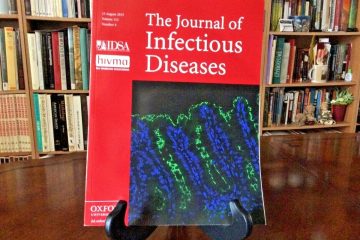Understanding Mad Cow Disease and Its Impact

Introduction
Mad cow disease, or Bovine Spongiform Encephalopathy (BSE), is a devastating and fatal neurological condition affecting cattle, with serious implications for public health and food safety. Understanding its origins, transmission, and control measures is crucial, especially given the sporadic cases still emerging globally. This topic remains relevant as vigilance continues to protect both cattle populations and the human consumer.
What is Mad Cow Disease?
Mad cow disease is caused by prions, which are misfolded proteins that induce normal proteins in the brain to misfold, leading to brain damage. BSE primarily affects cattle and can be transmitted to humans through the consumption of infected beef products, resulting in variant Creutzfeldt-Jakob disease (vCJD), a rare but fatal condition.
Current Events and Spread
Since its rise in the 1980s and 1990s, primarily in the United Kingdom, where it reached epidemic proportions, mad cow disease has led to thousands of deaths. Today, while there are stringent regulations in place worldwide, recent reports have emerged of rare BSE cases in countries such as Spain and Brazil. In the UK, a case of classical BSE was reported in June 2023, sparking renewed concerns about the safety of beef products. Authorities emphasize that the situation is well-controlled, with a rigorous testing regime aimed at minimising risk.
Regulatory Measures
Governments and food safety agencies remain committed to preventing BSE outbreaks through strict surveillance and control measures. These include banning cattle from being fed animal by-products, implementing comprehensive testing protocols, and ensuring clear labelling of beef products. In the UK, for example, the Food Standards Agency (FSA) has reiterated its ongoing monitoring efforts and public health safeguards in an attempt to maintain consumer confidence.
Conclusion
Mad cow disease continues to be a significant public health issue with long-lasting effects on cattle farming and food industries. As sporadic cases arise, it is important for consumers to stay informed of the regulations and food safety practices in place. Ongoing research and monitoring contribute to a better understanding of this disease, whilst public health authorities appeal for continued vigilance to prevent any resurgence, ensuring that food remains safe for consumption. The road ahead requires collaboration amongst governments, health agencies, and the public to uphold the safety standards that have helped mitigate this zoonotic threat.








